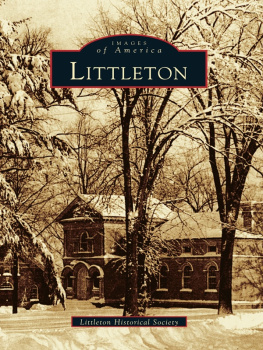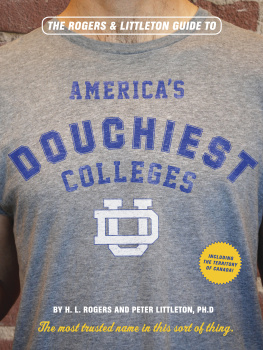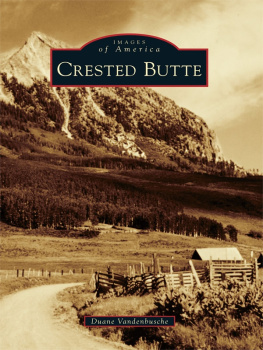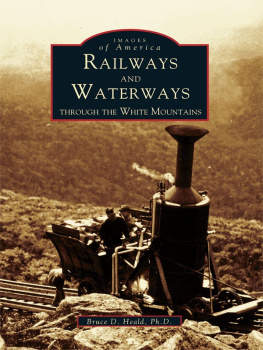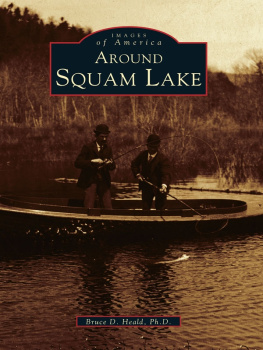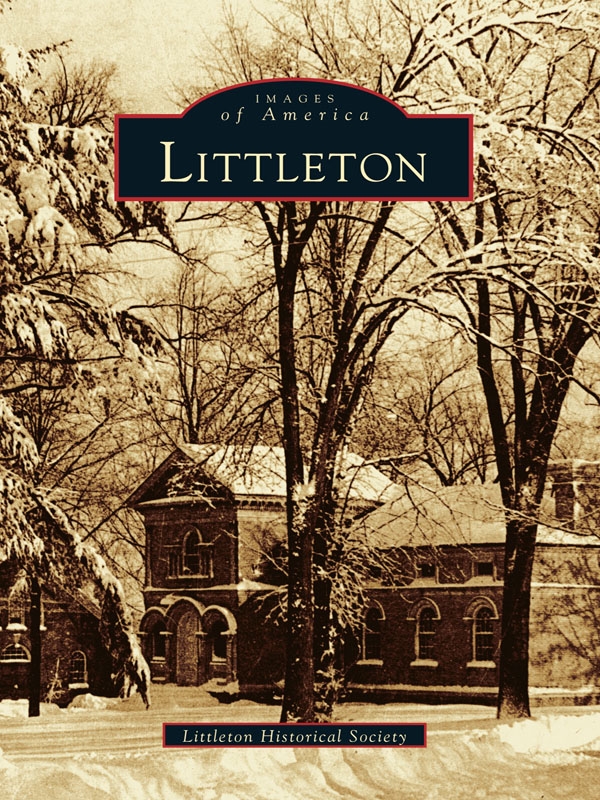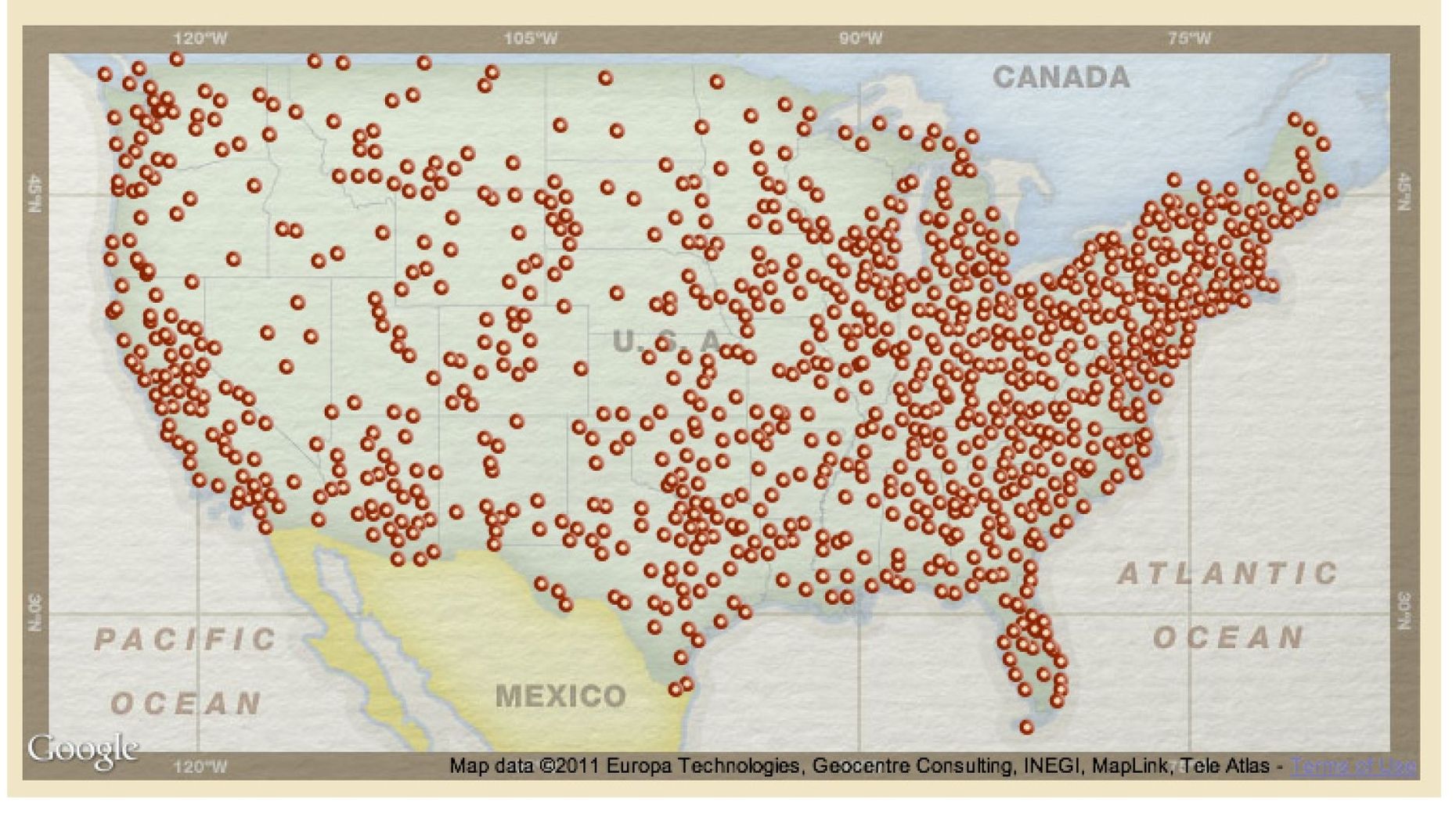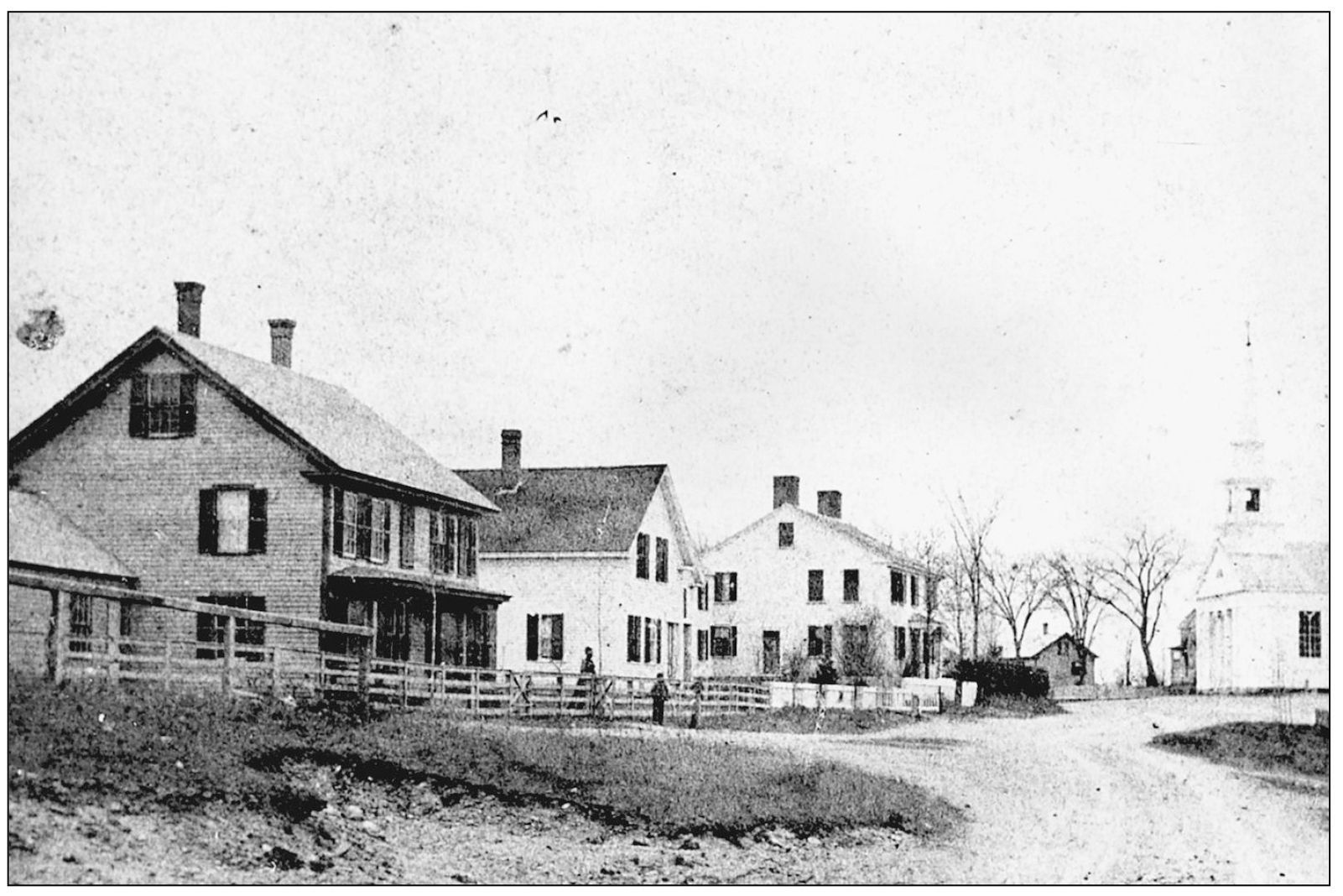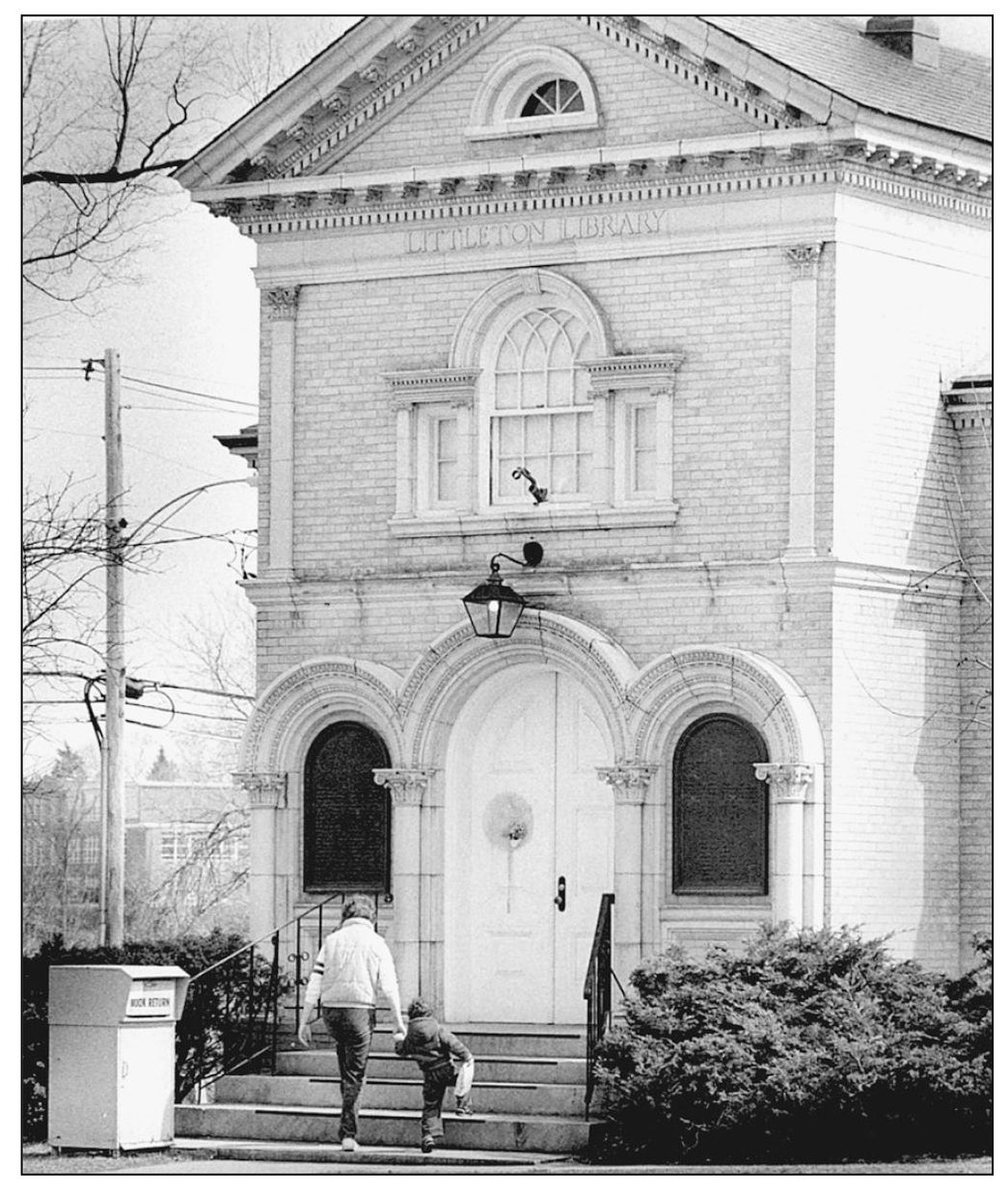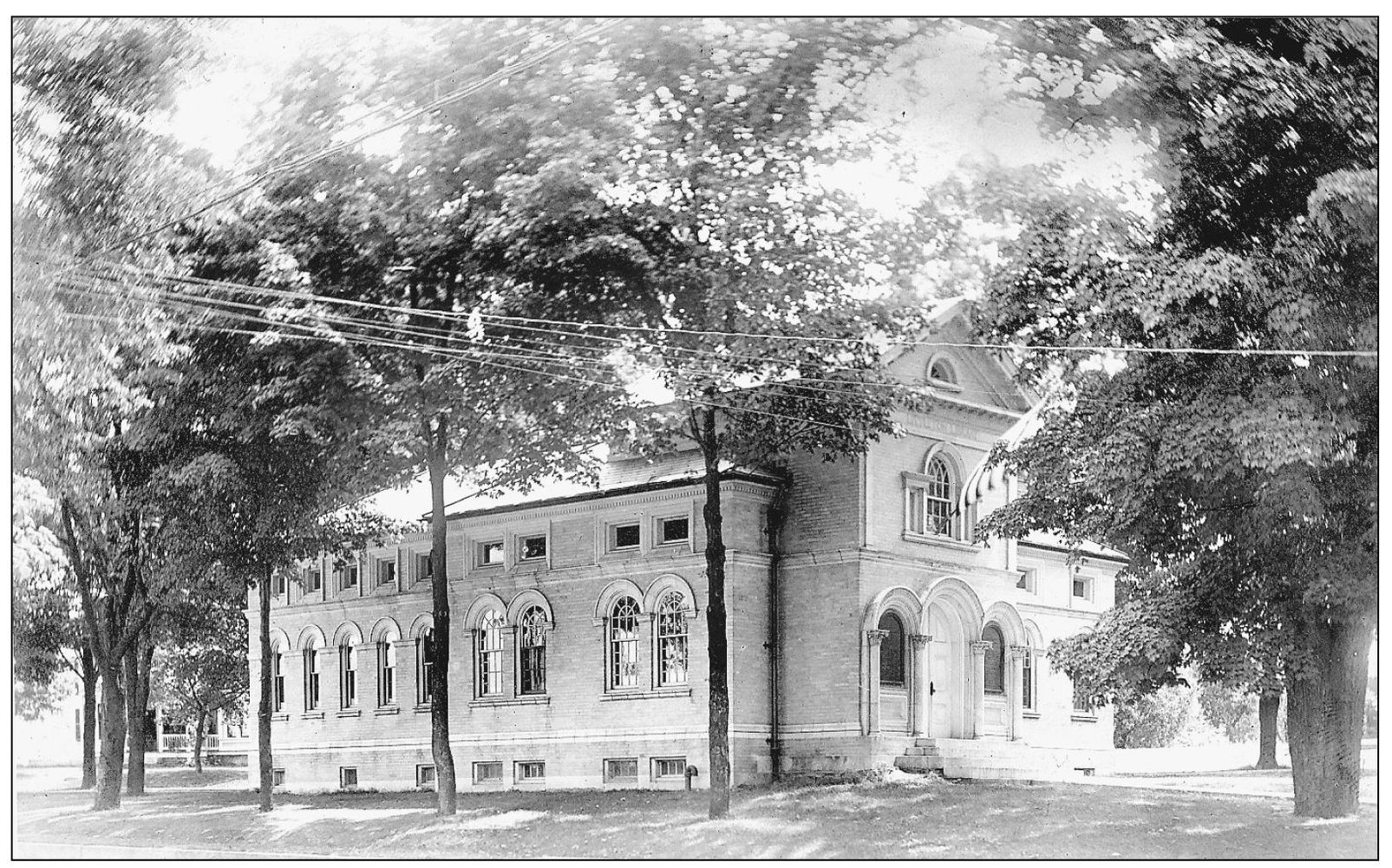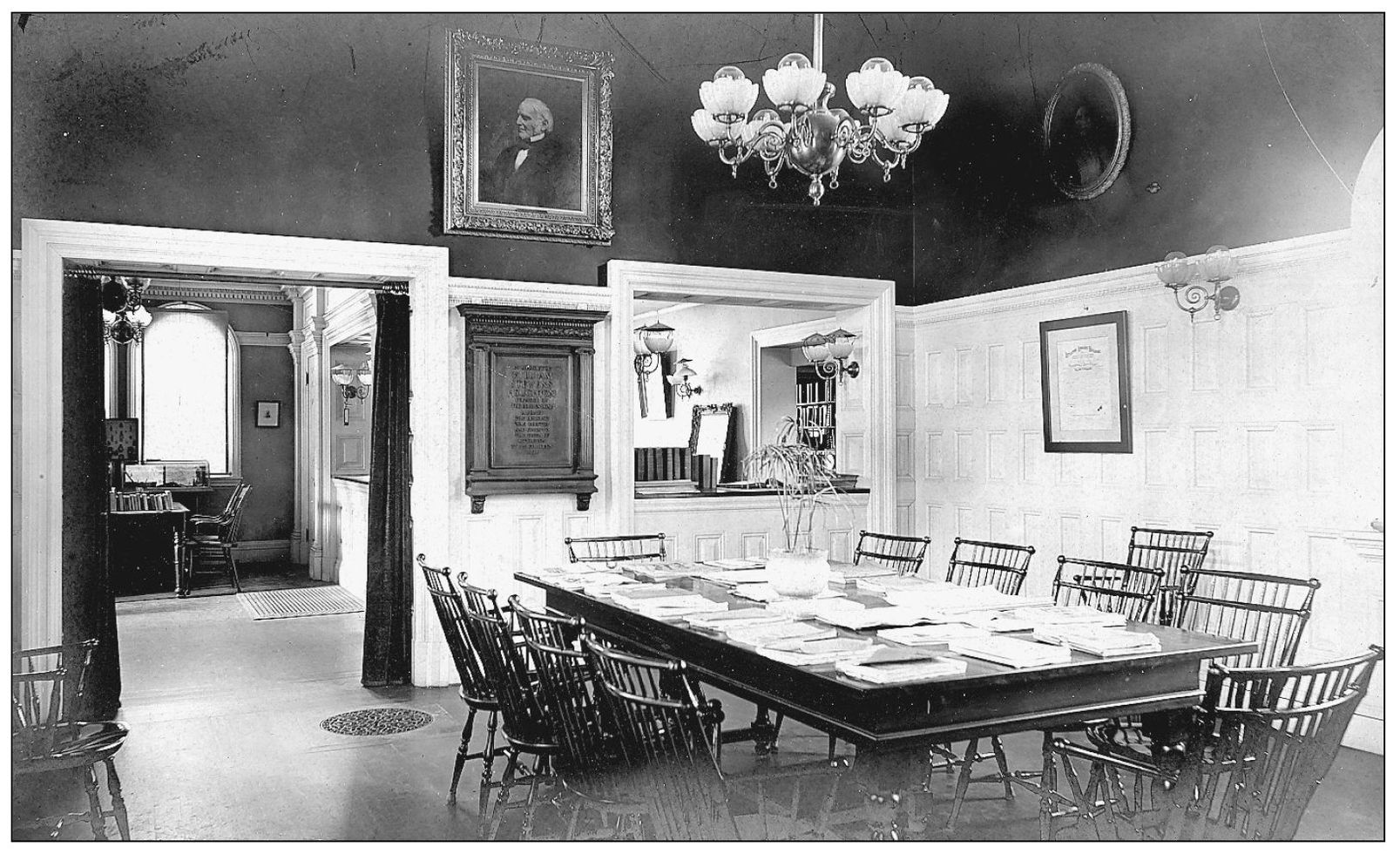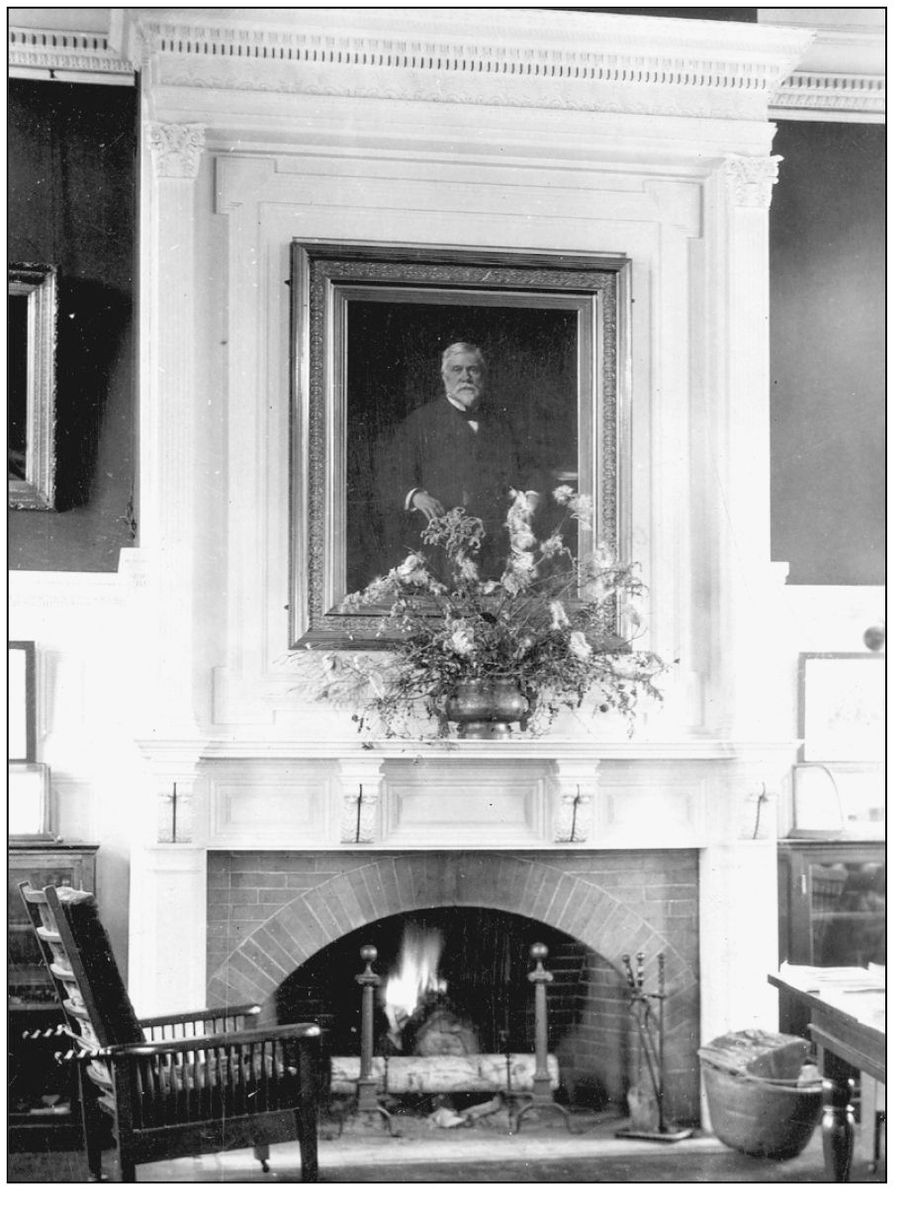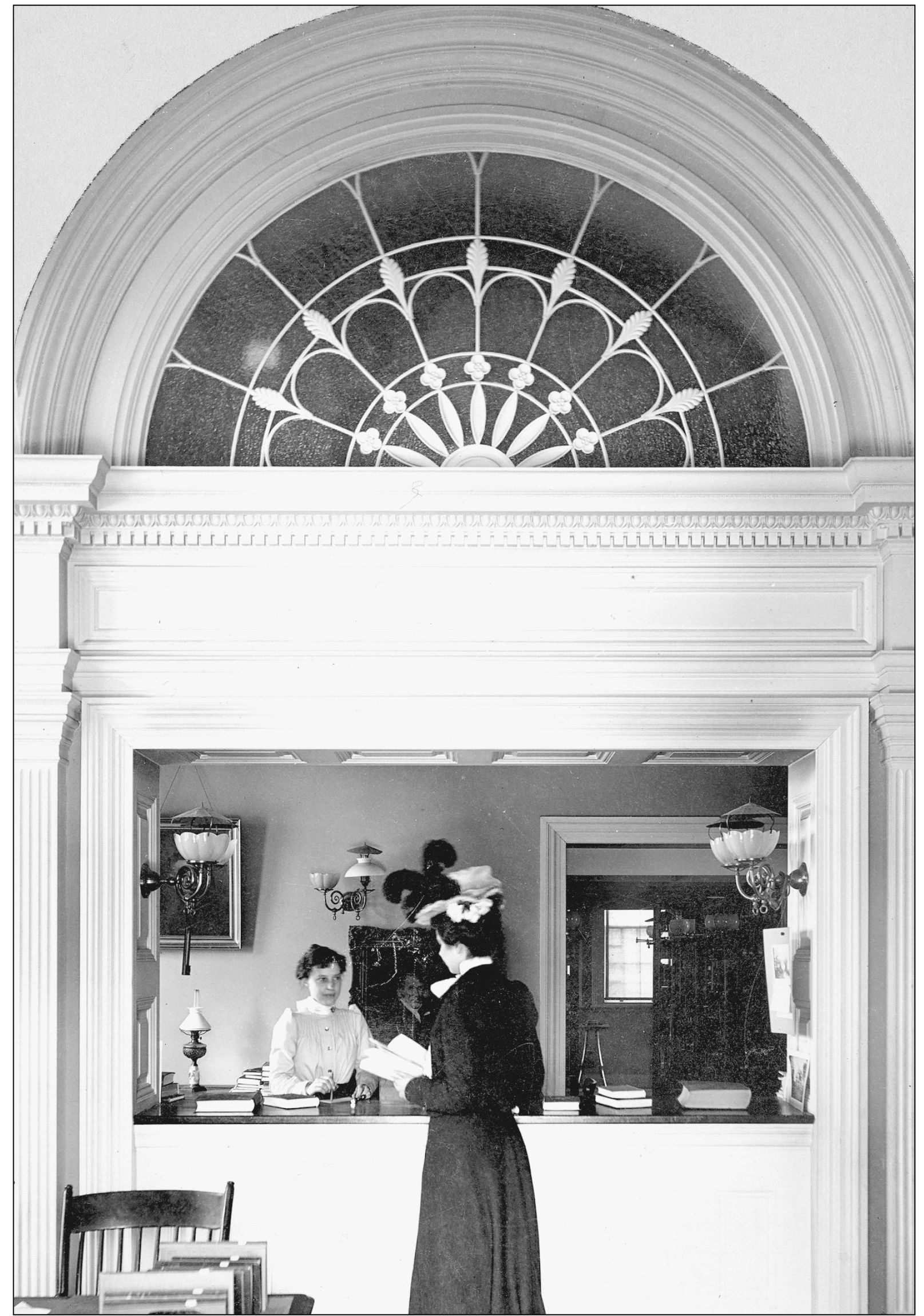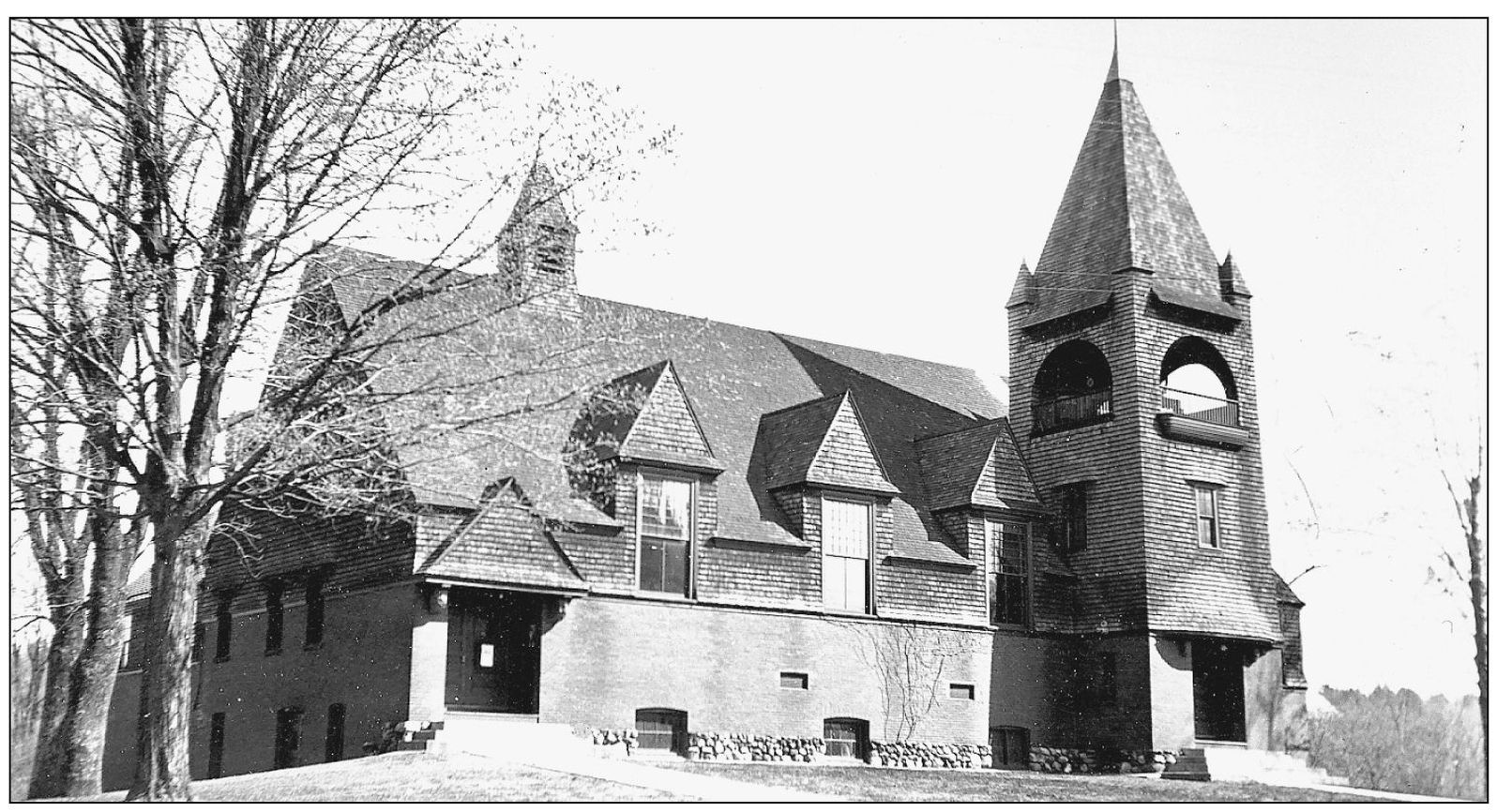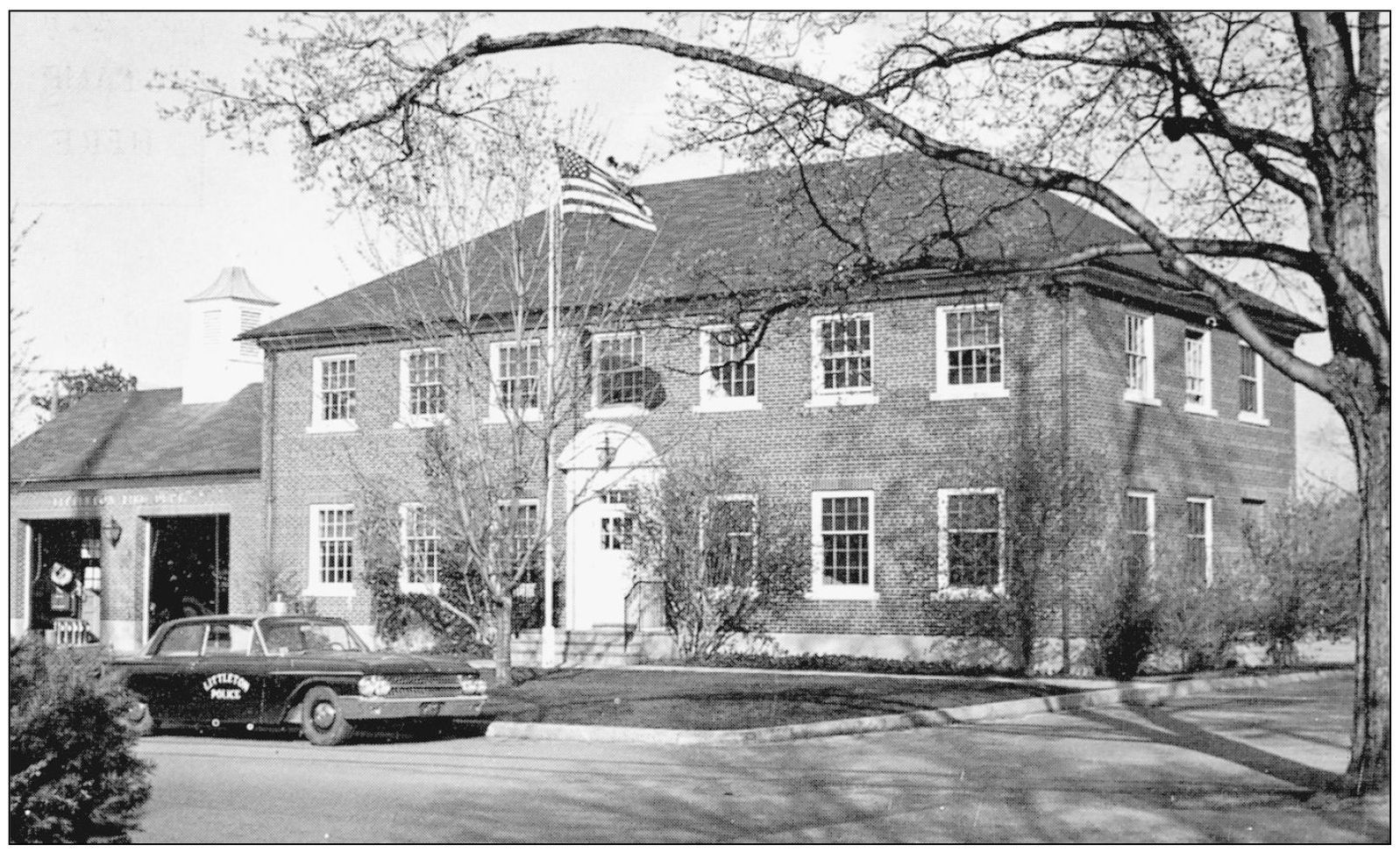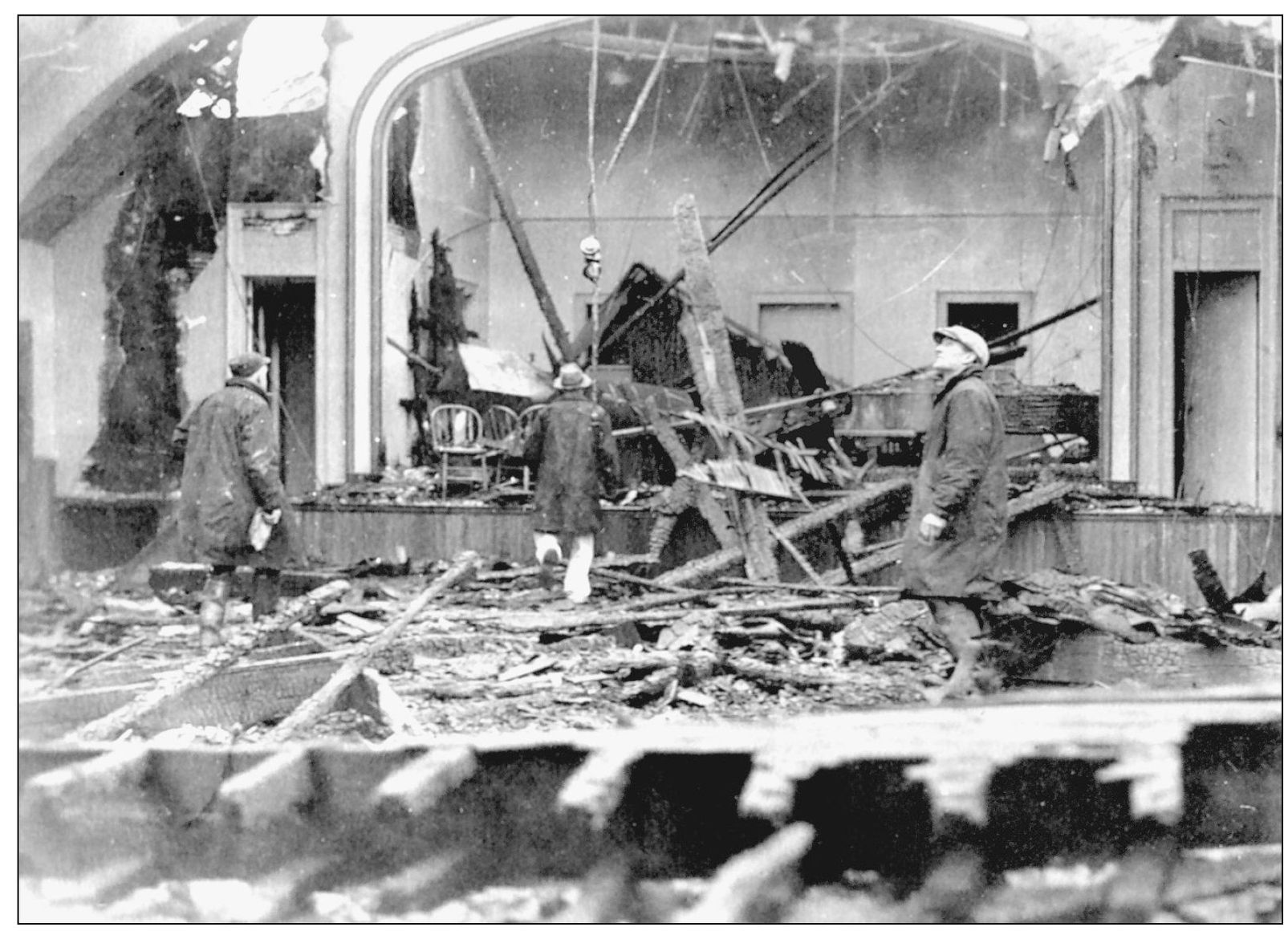ACKNOWLEDGMENTS
Many people across the years were instrumental in the making of this book. The Littleton Historical Society is indebted to those who have passed through Littleton and had the foresight to record town history. Their works were used as sources for information included with these photographs. These historians include Samuel Smith, Herbert Harwood and his Sketches of Littleton , the invaluable scrapbooks of Margaret Thacher Drury, and the photographs of Albert Eugene Robbins. More currently, the historical writings of Carolyn Furbush Webster and the committees of Littletons 250th anniversary celebration provided a wealth of information.
Most of the photographs in this volume are from the collection of the Littleton Historical Society. Photographs that were borrowed from members are acknowledged in the text. However, we would like to thank those members for their generosity: Leonard Adams, Richard Brown, Fred Herpy and the Herpy family, and Lois Mueller.
Finally, I would personally like to thank the members of the Littleton Historical Society board of directors for their hard work and support on this project and at the museum: Leonard Adams, Nancy Bradbury, Ronald Goddard, Ann Herpy Himmelberger, Mary Kaye, Janice Manchuso, Allen McRae, Richard Packard Sr., and especially, Sally Bowers, John Hathaway, and volunteer Frank Mueller.
Carolyn Mueller
President, Littleton Historical Society
Find more books like this at
www.imagesofamerica.com
Search for your hometown history, your old stomping grounds, and even your favorite sports team.
One
THE CENTER
This view looking down the beginning of Foster Street toward the Unitarian church shows three homes that still stand today. In the foreground is 6 Foster Street, shown before the Victorian-style bow windows and center dormer were added. Next is 10 Foster Street, built in 1858 by Allen Whitcomb for his bride, Sarah Hill. Last in line is 14 Foster Street, built c. 1828 by local carpenter Solomon Gibson. Rev. William White and family occupied it during his tenure at the First Parish Church, from 1827 to 1853. (Richard Brown collection.)
The origin of the Reuben Hoar Library was a collection of books held in the Centre School, which is the present site of the fire station. In 1885, an anonymous donor, later revealed as William Stevens Houghton, bequeathed $10,000 to the libraryhalf to be used for the immediate purchase of books and half to be invested with the interest to be used for the annual purchase of books to replenish the library. Houghton requested that the library be called the Reuben Hoar Library in honor of the man who overlooked a substantial debt of his father and generously helped him to get back on his feet financially.
After William Stevens Houghtons death in 1894, his children, Elizabeth and Clement, revealed that it had been their fathers intention to provide a separate building to house the library. To carry out his wish, they had this building constructed in the town center at a cost of $25,000.
The Houghton Memorial Building was dedicated to the town in December 1895. Awarded to the historical society for use as a museum in 1989, it was Littletons first building named to the National Register of Historic Places.
A view of the reading room of the Reuben Hoar Library looks into the entryway. The portrait high on the wall is of Reuben Hoar. It was moved with the library to the Shattuck Street building in 1989. The plaque underneath Hoars portrait is a declaration of the dedication of the Houghton Memorial Building by the children of William Stevens Houghton. The framed document on the right wall is the building deed.
Margaret Thacher Drury, librarian from 1915 to 1952 and town historian, enjoys a cup of tea by the fire in the reading room.
Above the fireplace hangs the portrait of William Stevens Houghton. The portrait remains in the building under the care of the historical society.
This picture highlights the beautiful architecture surrounding the librarians desk. Carrie Phelps Gardner is behind the desk helping Mabel Mason Fickett.
Littletons first town hall building was built in 1887 and stood on Foster Street at the site of the present fire station. Former resident Henry W. Hartwell designed the building in the style of the period at a cost of $10,900. The first floor had an auditorium that could seat 400 people and was used for town meetings, dances, and other town gatherings. It also housed the library until the Houghton Memorial Building was constructed. An electrical fire destroyed the building in 1943.
This building was constructed in 1950 to replace the destroyed town hall. It housed all the town offices and the Littleton Fire Department until the offices moved to the vacated Shattuck Street School building. Currently, it is used by the Littleton Fire and Emergency Management Departments.
Only a shell remained of the first town hall after the fire in 1943. Fire departments from Ayer and Fort Devens helped battle the flames but to no avail. The fire destroyed everything, including valuable equipment and records of the many town organizations that met in the building. Only items and records from the selectmens offices were saved. The bell was pulled out before the tower collapsed. After the dust had settled, the bell was sold for $100 as scrap to the town of Northboroughmuch to the dismay of many Littleton residents.

